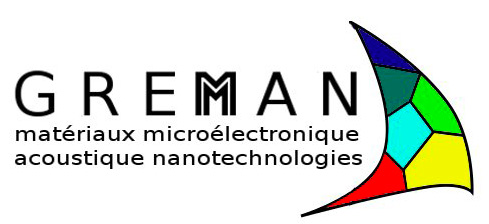

Thermoelectric (TE) materials have the capability to convert heat to electricity or vice-versa. There are numerous places in our environment such as cars, buildings and industrial plants where heat waste could be recovered to generate electricity. Recently, doped conjugated polymers (CPs) have emerged as alternative materials to classical inorganic semiconductors since they are light, flexible, easy to process and can be operated at low temperatures (<200°C). Ideally, a good TE material should exhibit high charge conductivity s and Seebeck coefficient S and low thermal conductivity k, which can be summarized in the dimensionlessfigure of merit at a given temperature T as ZT = sTS2 /k = T.PF/k, with PF the power factor in W/mK2. The dominant strategy to enhance the performances of TE polymers is based on the improvement of the charge conductivity s that is intimately related to the doping mechanism of CPs. Research on organic TE materials has made significant progress in the last decade and remarkable ZT values up to 0.42 were obtained for p-type polymers such as PEDOT:PSS. However, despite recent efforts, doped n-type CPs show lower TE performances with a PF limited to a few µW/mK2 and are still of low stability. Below are two identified bottlenecks in the design of effective n-doped TE CPs.
There are no benefits for this project at this time
Member partner

No member partner
LABORATOIRE ICS
Start of the project on27 / 07 / 2024
Strategic business lines
 Électronique : matériaux, composants et sous-systèmes
Électronique : matériaux, composants et sous-systèmes
Referent of the project
 Florentin BORÉ
Florentin BORÉ
06 66 39 55 43
florentin.bore@s2e2.fr
Centre-Val de Loire